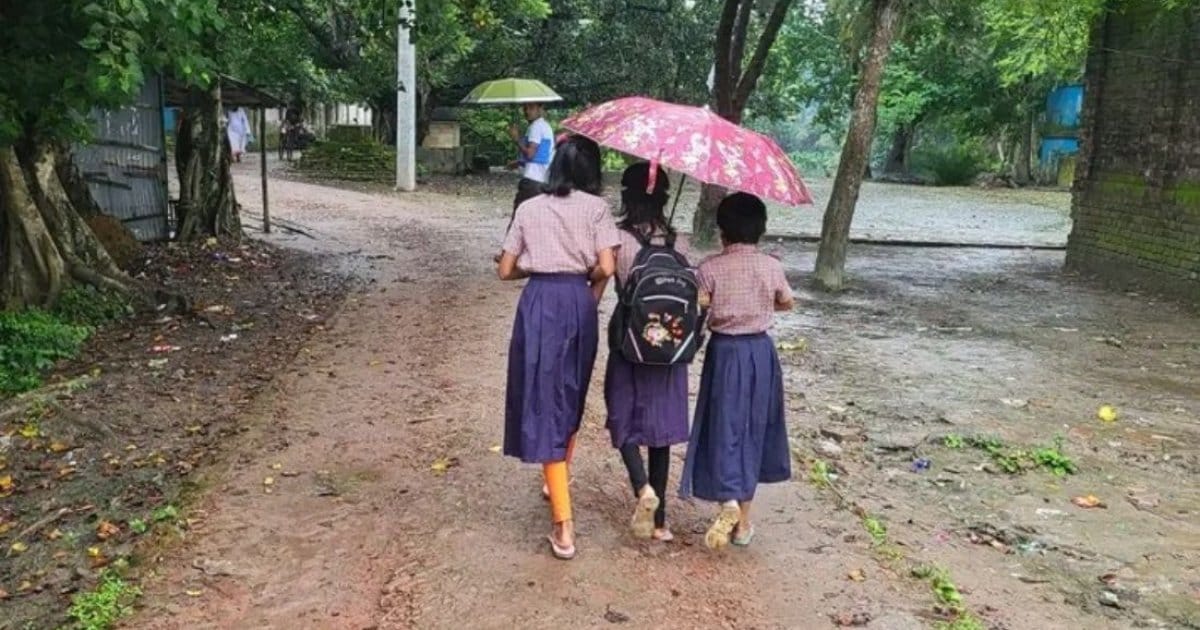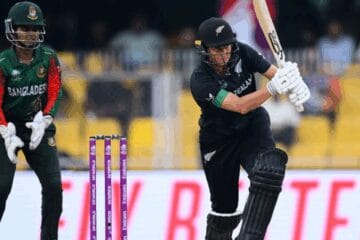In the salt-soaked air of Bangladesh’s southern coast, an alarming practice has quietly taken root: teenage girls are using birth control pills not to prevent pregnancy, but to suspend menstruation altogether.
This unconventional coping mechanism has emerged as a desperate response to worsening salinity in water, inadequate sanitation, and the scarcity of menstrual hygiene materials. What began as a survival strategy is now posing grave public health risks.
A crisis born of climate change
Rising sea levels, frequent cyclones, and tidal surges have gradually poisoned the freshwater sources of coastal Bangladesh. Data from the Bangladesh Water Development Board (BWDB) indicate that nearly two-thirds of tube wells in the coastal zone now contain saline water unsuitable for daily use. Women and adolescent girls are the first to bear the brunt of this environmental fallout.
A 2024 report by BRAC on Climate Change and Women’s Health highlighted that women in these regions are being forced to adapt in unimaginable ways, including taking hormonal pills to suppress menstruation because managing it safely has become nearly impossible.
In many villages across Satkhira and Khulna, young girls struggle to maintain menstrual hygiene. The lack of sanitary pads and clean water forces them to wash used cloths in salty water, often leading to severe itching, infections, and uterine complications. To avoid such suffering, many have chosen to “pause” their cycles altogether.
Stories from the coast
Fifteen-year-old Ruma (name changed) from Shyamnagar, Satkhira, said: “I saw my mother suffering from infections because of the dirty water. I don’t want that. So, I take my mother’s birth control pills to stop my period.”
Another schoolgirl added: “We can’t afford pads, and washing clothes in salty water causes pain. So, I secretly take pills.”
Local health workers confirm that the use of birth control pills among teenage girls has increased.
“They’re using pills without any medical advice. Some have missed their periods for months, others suffer from hormonal imbalance,” said Dr Jahan Ara Eva, Medical Officer at Shyamnagar Upazila Health Complex.
What the data reveals
By 2024, reports from UNICEF and UNFPA indicated that pad usage had increased to 29% nationwide, but in coastal areas, over 70% of women still relied on reused cloths washed in saline water.
A 2024 study titled “The Impact of Saline Water on Women’s Health” found that in Koyra, Khulna, 72.3% of women washed menstrual cloths with salty water, which has been linked to rising cases of reproductive and skin infections.
Further research from Reproductive Health Challenges in Coastal Bangladesh (2025) suggests that irregular menstruation, uterine infections, and fertility problems are becoming increasingly common among women in these coastal regions.
The hidden toll of stopping periods
Gynecologists are warning that halting menstruation through continuous pill use poses serious risks. According to Dr Dalia Rahman, assistant professor of Gynecology at Dhaka Medical College, such unsupervised pill consumption can disrupt hormonal balance and cause infertility, anemia, and even depression over time.
Health experts have also cautioned that prolonged use of hormonal contraceptives without prescription can elevate the chances of high blood pressure and heart disease. Still, for many coastal girls, these long-term dangers seem less immediate than the daily struggle of managing periods with contaminated water and no privacy.
Cultural silence and social barriers
In the conservative social fabric of coastal Bangladesh, menstruation remains a taboo subject. For many low-income families, the cost of sanitary pads is unaffordable.
“We can barely afford food,” said Rita Rani, a mother of two in Ashashuni. “How can I buy pads for my daughter?”
The absence of proper toilets and private washing spaces at schools further compounds the problem, leading many girls to miss classes during their periods and some to drop out altogether.
A member from the local NGO Sushilan, Selina Akhtar, said: “Saline water is not only eroding women’s health but also their self-esteem. Many girls isolate themselves, stop attending school, and internalize the belief that menstruation is a curse.”
Efforts and rays of hope
Amid the crisis, new initiatives are slowly offering relief. In 2025, UNFPA, BRAC, and several partner NGOs introduced a “Menstrual Cup Campaign” across coastal districts. The reusable silicone cups require minimal water for cleaning and can last up to a decade.
An eighteen-year-old girl from Gabura shared that switching to a menstrual cup has restored her comfort and confidence.
Meanwhile, the government’s Gender-Responsive Coastal Adaptation (GCA) project has started distributing rainwater storage tanks to over 140,000 households, aiming to provide safe, non-saline water. However, most schools still lack adequate sanitation facilities, awareness remains low, and affordability continues to limit access to hygiene solutions.
Expert warnings and the road ahead
According to World Bank projections, salinity levels in Bangladesh’s coastal zones may rise by another 26% by 2050.
Experts like Dr Dipa Islam, Health Secretary of Bangladesh Mahila Parishad, have cautioned that unless urgent measures are taken, the number of young girls compromising their health to manage menstruation will continue to grow.
She stressed that this is not merely a health concern but also a matter of human rights and climate justice, every girl deserves access to safe water, dignity, and proper menstrual care.
Beyond biology — A struggle for dignity
The ordeal faced by these girls goes beyond physiology; it mirrors deeper struggles of inequality, poverty, and survival in a changing climate. When seawater intrudes into their lands, it does not just destroy crops or homes , it silently strips away the ability to live naturally and with dignity.
In their attempt to control one biological function, these girls are confronting the loss of something far greater , their safety, autonomy, and the right to make choices about their own bodies.
As the tides continue to rise along Bangladesh’s coast, the stories of these young women demand attention. For them, climate change is not an abstract global issue; it is an everyday reality, felt in their homes, their water, and within their very bodies.



